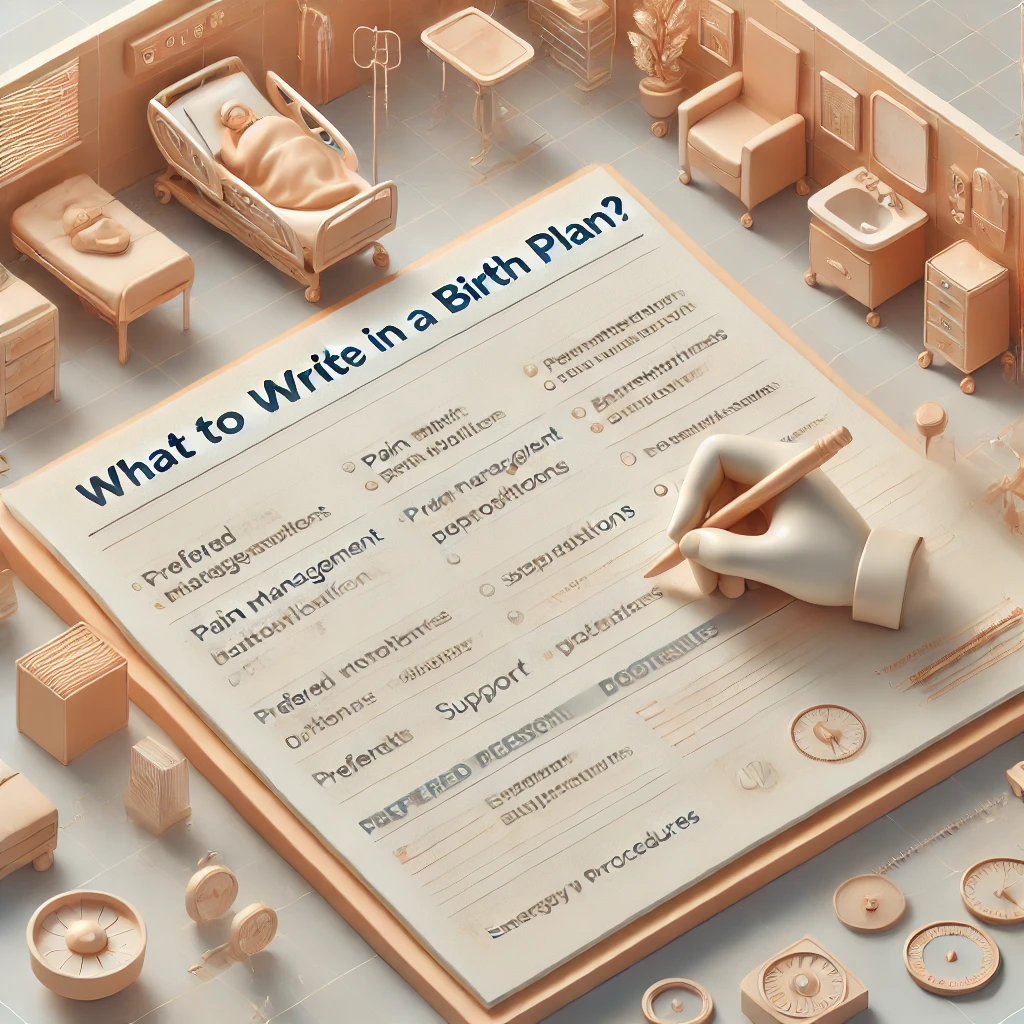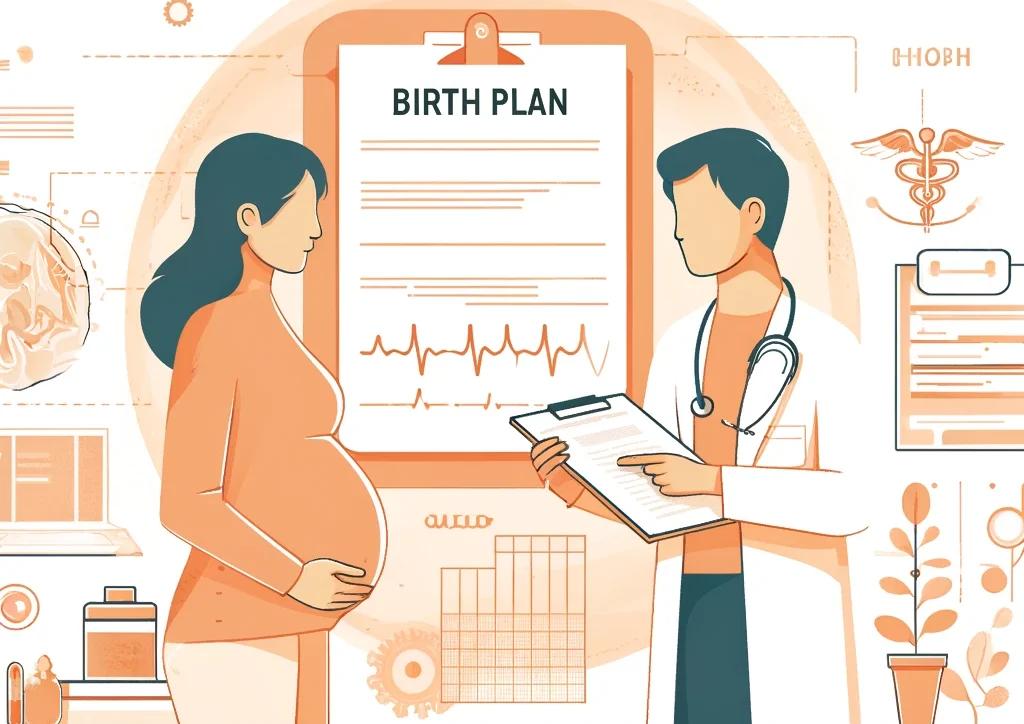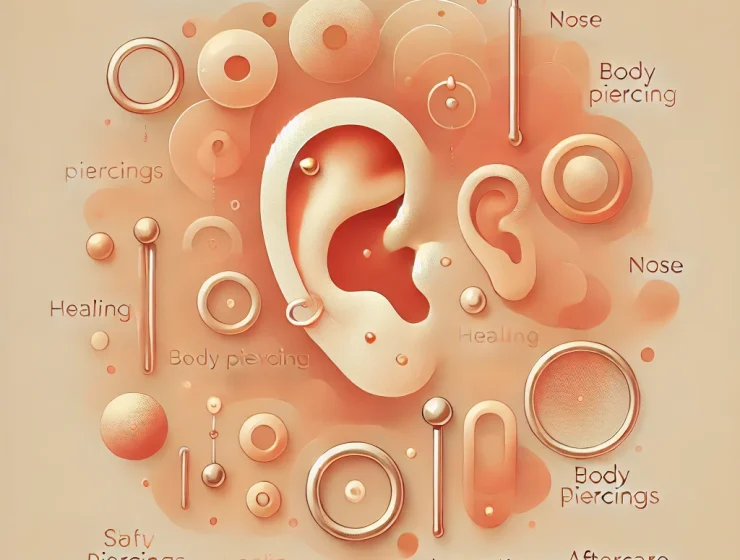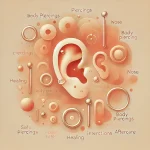Een geboorteplan, wat is dat eigenlijk en waarom zou je er een moeten maken? Bij Verloskundigen PuurBegin geloven we dat een goed doordacht geboorteplan je kan helpen om met vertrouwen en rust naar de bevalling toe te leven. We weten dat bevallen spannend kan zijn en vol onverwachte wendingen zit, dus hoe bereid je je het beste voor? In dit artikel delen we onze beste tips en trucs om je geboorteplan te maken en ervoor te zorgen dat jouw bevalling zo soepel mogelijk verloopt. Of je nu voor de eerste keer moeder wordt of al eerdere bevallingen hebt meegemaakt, je zult handige adviezen vinden die je kunnen ondersteunen tijdens deze bijzondere en onvergetelijke gebeurtenis. Laten we samen op ontdekkingstocht gaan naar de wereld van geboorteplannen!
Wat is een geboorteplan?

Een geboorteplan is een document waarin je jouw wensen voor de bevalling opschrijft. Het helpt jou, je partner en de verloskundige om te begrijpen wat jouw voorkeuren en behoeften zijn tijdens deze bijzondere gebeurtenis. We raden aan om je plan zo specifiek mogelijk te maken, maar flexibel te blijven. Bevallen kan immers anders lopen dan je van tevoren denkt en een duidelijk maar flexibel plan kan stress verminderen.
Overweeg om de volgende punten op te nemen in je geboorteplan:
- Pijnbestrijding: Welke vormen van pijnbestrijding overweeg je?
- Omgeving: Wil je specifieke muziek afspelen? Hoe moet de verlichting zijn?
- Ondersteuning: Wie wil je bij je hebben tijdens de bevalling?
| Onderdeel | Voorkeur |
|---|---|
| Pijnbestrijding | Natuurlijk, Epiduraal |
| Omgeving | Gedimd licht, Kalmerende muziek |
| Ondersteuning | Partner, Doula |
Waarom een geboorteplan?
Een geboorteplan kan je helpen om je wensen en behoeften tijdens de bevalling duidelijk te maken aan je zorgverleners. Het geeft je de kans om na te denken over verschillende aspecten van de bevalling vóórdat het moment daar is. Dit kan rust en vertrouwen geven, zodat je met een gerust hart de bevalling tegemoet kunt zien. Bovendien helpt een goed doordacht geboorteplan om eventuele misverstanden te voorkomen en zorgt het ervoor dat je partner en zorgteam precies weten wat voor jou belangrijk is.
Het schrijven van een geboorteplan is ook een uitstekende manier om jezelf voor te bereiden op verschillende scenario’s. Overweeg het volgende:
-
- Welke houding wil je aannemen tijdens de bevalling?
-
- Welke pijnbestrijdingsopties geef je de voorkeur?
-
- Hoe sta je tegenover medische interventies?
Door deze vragen van tevoren te overdenken, kun je beter anticiperen op mogelijke situaties en proactief communiceren met je verloskundige. Bij Verloskundigen PuurBegin ondersteunen wij je graag bij elke stap, zodat jouw bevalling zo soepel mogelijk verloopt.
Geboorteplan bespreken
-
- Denk goed na over jouw voorkeuren en noteer deze. Dit kan variëren van de houdingen waarin je wilt bevallen tot de mensen die je erbij wilt hebben.
-
- Zorg ervoor dat je zeker weet welke medische ingrepen je wel of niet wilt, zoals pijnbestrijding of een knip.
-
-
- Maak al je vragen en zorgen bespreekbaar. Blijf communiceren met je verloskundige, zodat er geen misverstanden ontstaan.
Wanneer je je wensen op papier hebt gezet, is het tijd om deze te bespreken met je verloskundige. Met ons eenvoudig te gebruiken schema houden we alles duidelijk:
Stap Actie 1 Plan een afspraak om je geboorteplan te bespreken. 2 Bespreek elke sectie van je plan gedetailleerd. 3 Maak aantekeningen van de feedback en pas je plan indien nodig aan. Met deze aanpak zorg je ervoor dat jouw wensen goed worden begrepen. Je voelt je zelfverzekerder gedurende het gehele proces en kan in alle rust genieten van dit bijzondere moment. Vergeet niet dat wij bij Verloskundigen PuurBegin altijd klaarstaan om je te ondersteunen tijdens deze unieke reis!
-
Wat schrijf je in het geboorteplan?

- Locatie: Wil je thuis bevallen, in een geboortekliniek of in het ziekenhuis?
- Geboortepositie: Heb je voorkeur voor een bepaalde geboortehouding, zoals zittend, liggend of misschien in bad?
- Pijnbestrijding: Ben je van plan om medicatie te vragen of wil je natuurlijke methoden zoals ademhalingstechnieken of hypnobirthing proberen?
- Aanwezigen: Wie wil je graag bij je hebben tijdens de bevalling? Je partner, een doula, je moeder?
- Medische interventies: Hoe sta je tegenover ingrepen zoals een kunstverlossing, keizersnede of het inknippen?
Daarnaast is het belangrijk dat je wensen en voorkeuren duidelijk zijn voor je zorgverleners. Hieronder een voorbeeld van hoe een eenvoudig geboorteplan eruit zou kunnen zien:
| Element | Voorkeur |
|---|---|
| Pijnbestrijding | Geen medicatie, Hypnobirthing |
| Geboortepositie | In bad, zittend |
| Aanwezigen | Partner |
Bedenk dat een geboorteplan altijd flexibel moet zijn, omdat een bevalling soms anders loopt dan gepland. Wees voorbereid op aanpassingen maar blijf vooral rustig en vertrouw op je lichaam en je zorgverleners!
Niets in het plan staat vast
Bij Verloskundigen PuurBegin begrijpen we dat een geboorteplan er is om jouw wensen en behoeften op te nemen. Echter, flexibiliteit is essentieel. De situatie tijdens de bevalling kan altijd veranderen en het is belangrijk om daarin mee te gaan. Daarom geven we je een paar belangrijke tips:
-
- Luister naar je lichaam: Je lichaam geeft tijdens de bevalling signalen en het is goed om hierop te vertrouwen. Hoewel een plan een leidraad kan bieden, mag het nooit jouw intuïtie overschaduwen.
-
- Blijf in nauw contact met je verloskundige: Communicatie is key! Als je je zorgen maakt over de veranderingen, bespreek dit dan met je verloskundige. Zij hebben de kennis en ervaring om je te begeleiden.
| Plan | Realiteit |
|---|---|
| Thuisbevallen | Ziekenhuis vanwege onverwachte omstandigheden |
| Waterbevalling | Reguliere bevalling wegens medische redenen |
| Natuurlijke pijnbestrijding | Epiduraal vanwege intensiteit |
Dus, hoewel je een gedetailleerd geboorteplan kunt hebben, wees ook voorbereid om het aan te passen. Dat is namelijk helemaal oké en vaak zelfs noodzakelijk. Uiteindelijk is het doel een gezonde en veilige bevalling, zowel voor jou als voor je baby.
Is een geboorteplan verplicht?
-
- Omgevingssfeer (muziek, verlichting)
-
- Pijnbestrijdingsopties
-
- Positie tijdens de bevalling
-
- Wie er aanwezig is
-
- Behandelingen voor de baby
| Onderwerp | Opties |
|---|---|
| Omgevingssfeer | Muziek, verlichting |
| Pijnbestrijding | Massage, epiduraal |
| Babybehandeling | Vitamine K, vaccinaties |
Doordat je alles van tevoren regelt, kun je je volledig concentreren op de bevalling. Bovendien staat ons team altijd voor je klaar om je te helpen jouw unieke geboorteplan te maken. Zo wordt deze bijzondere ervaring precies zoals jij het voor ogen hebt!
Wat is de top 3 van wensen voor de komende bevalling?
De voorbereiding van je bevalling is een spannend moment vol verwachtingen en verlangens. Bij Verloskundigen PuurBegin horen we vaak dezelfde top drie wensen terugkomen van aanstaande ouders. Ten eerste willen veel ouders een rustige en ontspannen sfeer tijdens de bevalling. Dit kan worden bereikt door bijvoorbeeld zachte muziek, dempbare verlichting en het gebruik van aromatherapie. Verder wordt vaak de aanwezigheid van een partner of vertrouwd persoon gewaardeerd. Hun aanwezigheid kan veel steun en comfort bieden in stressvolle situaties.
Daarnaast, kiezen veel ouders voor een zo natuurlijk mogelijke bevalling met minimale medische interventies. Dit betekent dat ze bijvoorbeeld pijnverlichting zoals hypnobirthing of ademhalingstechnieken willen proberen in plaats van medicatie. Zoals je kunt zien, zijn persoonlijke voorkeuren erg belangrijk en elke keuze helpt om een comfortabele en positieve bevallingservaring te creëren.
Samenvatting
Of je nu voor het eerst moeder wordt of al ervaring hebt met bevallen, een geboorteplan kan je helpen om je wensen en verwachtingen duidelijk te maken. Een soepele bevalling begint met goede voorbereiding en duidelijke communicatie. Bij Verloskundigen PuurBegin staan we altijd klaar om je te ondersteunen in deze bijzondere periode. Heb je nog vragen over het opstellen van je geboorteplan of wil je meer tips en trucs? Aarzel niet om contact met ons op te nemen. We zijn er om je te helpen een zo ontspannen en prettige bevalling te ervaren. Succes met de laatste voorbereidingen en vertrouw erop dat je dit kunt!
Blijf op de hoogte!
Volg ons op social media voor het laatste nieuws en een kijkje achter de schermen bij Verloskundigen PuurBegin in Kampen.
Ontdek de dagelijkse avonturen van onze verloskundigen, waardevolle tips voor aanstaande ouders en inspirerende verhalen uit de praktijk.
Klik op de onderstaande knoppen en blijf verbonden met ons hartverwarmende team!
 |
 |
Hartelijke groet,
Verloskundigen PuurBegin
Adres: Orkestlaan 148, 8265RC Kampen
Telefoon: 085 40 19 095






